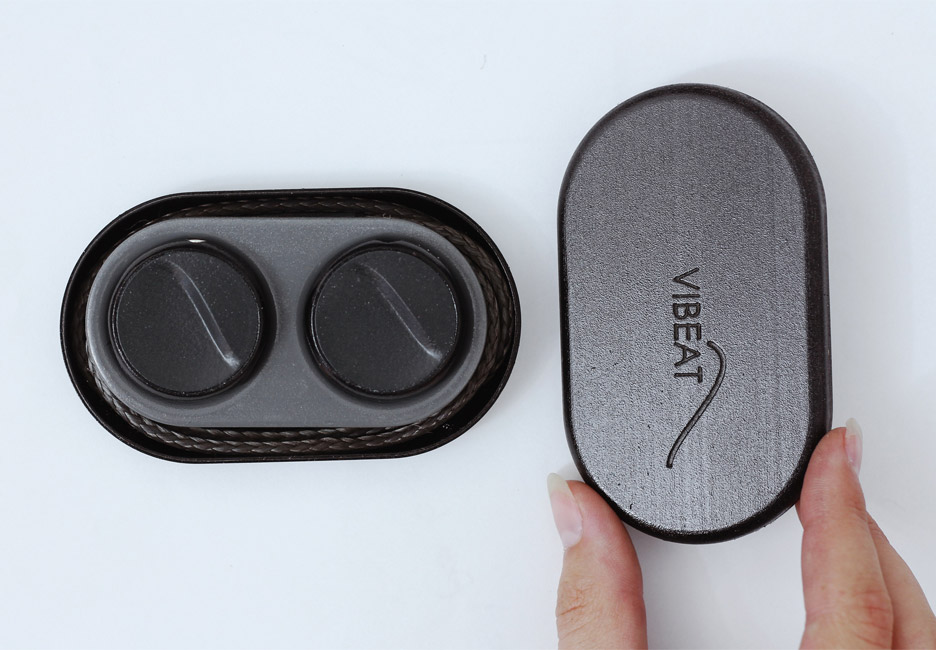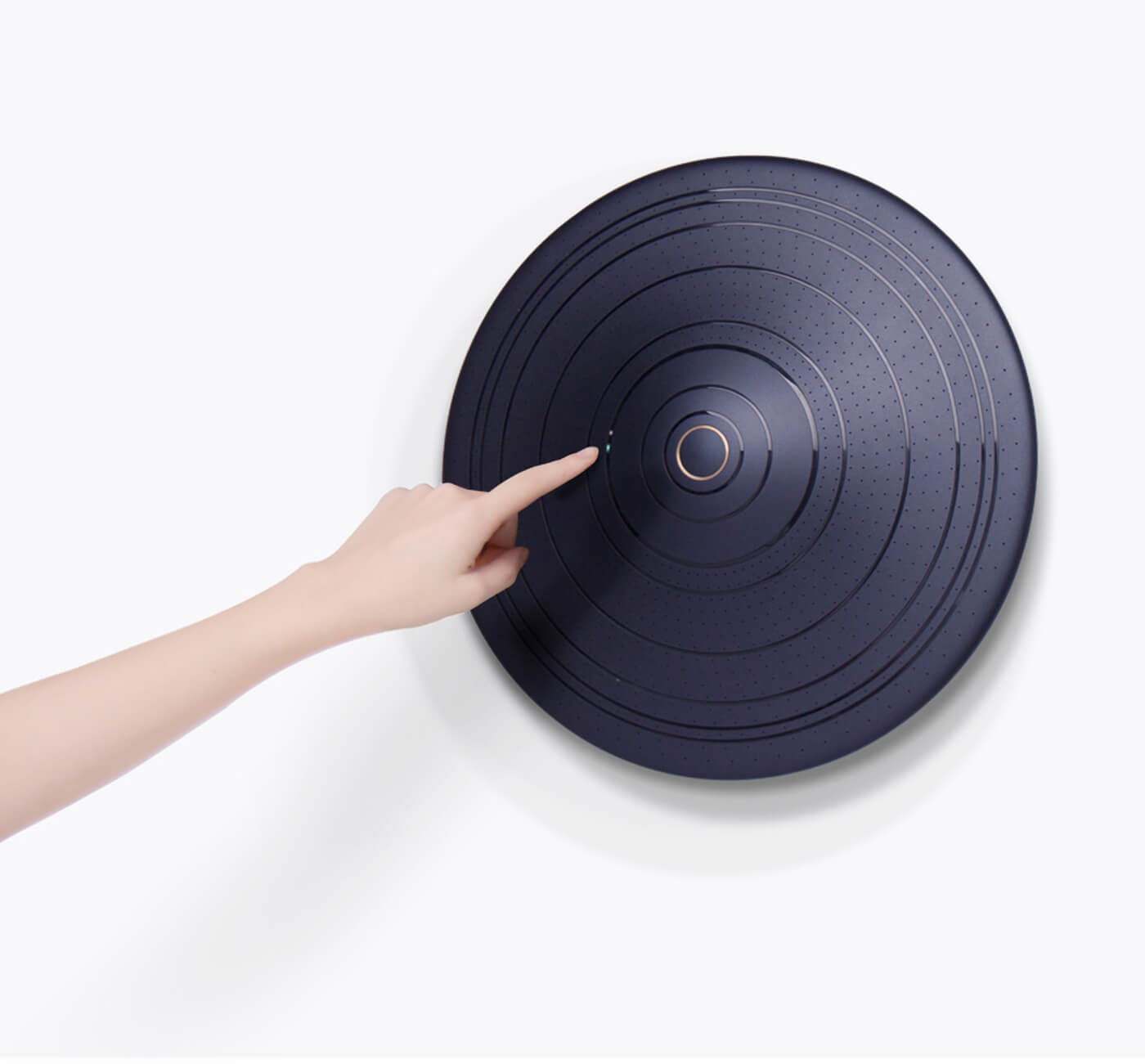For those who are deaf or hard of hearing, light, vibrations, and covert gadgets can all impact and encourage conversation.
According to the World Health Organization, 430 million people need habilitation services out of the estimated 1.5 billion people who have some degree of hearing loss.
In fact, one of the main effects of this is that spoken language needs to evolve to keep up with the rapidly changing technological environment that surrounds us.
Moreover, we are exploring the numerous ways design may assist meet these requirements and foster a more inclusive experience of the world for everyone as Deaf History Month (March 13 to April 15) comes to a close.
Therefore, we’ve compiled 10 of the best design initiatives that are accessible to deaf and hearing-impaired persons, including smart gloves and a shirt that turns live music concerts into a tactile experience.
1. Fountain Studio’s Hearingbot
The goal of this AI robot was to replace hearing dogs. Its name is Hearingbot, and it converts sound and sign language into letters using a microphone and camera, which it then projects onto flat surfaces.
The colorful concept device, created by Fountain Studio in Korea, has a vibrating alarm clock, self-charging capability, and a pairable smartwatch that alerts users to dangerous changes in the status of public transportation or the presence of a visitor at the door.

2. The Parenting Communication Companion by Athina Bosta, Billy Maniatis, and Georgios Tsampikos Kousvelaris
The Parenting Communication Companion, intended for parents of children learning sign language, also translates sign language into text and shows subtitles on a built-in screen.
Additionally, it makes use of facial recognition, which detects the signer’s sentiment before reading it aloud in a tone that fits their facial expression.
Additionally, the studio adds that by doing this, parents may improve their children’s auditory input without having to rely on outside sources like radio and television.

3. Commu by Hyunjin Kim and Kyuseok Lee
Commu is a two-part concept device that helps hearing-impaired individuals pronounce words while also preventing their vocal muscles from atrophying from inactivity.
It functions by interpreting vocal cord vibrations into speech.
To catch the subtleties of the waves, one-half of the Commu sits on the throat.
The other side, meanwhile, docks a phone and shows speech waveforms that direct the user through the enunciation and pronouncing process.
Using artificial intelligence, which gets better with time and practice, determines whether the pronunciations were proper.

4. Roy Allela’s Sign-iO
The assistive wearable technology Sign-iO, which is currently in development, converts sign language to speech.
It was developed by Kenyan engineer and inventor Roy Allela and consists of a pair of smart gloves that are Bluetooth-connected to a mobile app that records sign language gestures.
To facilitate seamless communication between sign language users and non-sign language users, the mobile app then vocalizes the signed movements in real-time.

5. Tatsuya Honda’s Ontenna
Tatsuya Honda, a graduate student from Japan, created the Ontenna hairpin, which transmits audio to the wearer through vibration.
The white, small device resembles a hairpin but has built-in sensors that pick up noise from the environment. It’s one of 10 of the top items for the deaf and hard of hearing
Each one carries a small computer that transmits vibrations to connect to particular volumes, beats, and patterns with particular feelings. Therefore, making it simpler to navigate without hearing.

6. Craig McGarrell’s song “Listen Carefully”
British designer Craig McGarrel created a covert substitute for the standard hearing aid because he was dissatisfied with it.
Listen Carefully seeks to provide a superior yet affordable experience by using contact charging in place of complicated batteries to enable a simple, earpod-inspired design.
To give the item a jewelry-like finish and value, McGarrel has produced various versions in premium machined metals. For instance, gold, rose gold, and silver under the name “headwear” rather than “hearing aid.”

7. Ian Bok’s Light Bell
Light Bell, created by Korean designer Ian Bok, alerts hearing-impaired individuals when a visitor is at the door.
Furthermore, the gadget uses a Bluetooth-connected bulb to activate a light signal then placed quickly on any fixture or lamp. Also, it offers a clear and uncomplicated answer to a common problem.

8. Liron Gino’s Vibeat
Vibeat devices, which resemble jewelry, employ vibrations to let those who are hard of hearing and deaf enjoy music.
Moreover, the line includes a necklace, bracelet, and pin with circular modules that convert sound into vibrations of varying intensities.
The internal motors in the Vibeat pieces respond to the varied frequencies and cause them to vibrate at various speeds once they have connected through Bluetooth to a music source.

9. The CuteCircuit The Sound Shirt
The Sound Shirt by CuteCircuit was selected as one of Time’s 100 Best Inventions for 2020. Moreover, the tech-enhanced clothing uses haptic sensors woven into the fabric to bring music to life.
Deaf and hard-of-hearing users can feel music thanks to the shirt’s 30 micro-actuators. These shirts are incorporated into the fabric and transform sound into motorized vibrations in real-time.

10. Oh! by Pureunyi Kim.
This record-shaped speaker is the result of research into how music affects those who have hearing loss.
The Oh! Speaker, created by Pureunyi Kim, transforms sound into visual patterns that are projected by LED lights positioned beneath the perforated cover.

Finally, these are 10 of the top items for the deaf and hard of hearing.
Read more on Archup:
Et oui، même la Disposition des pièces joue sur la capacité du rayonnement solaire …


 العربية
العربية